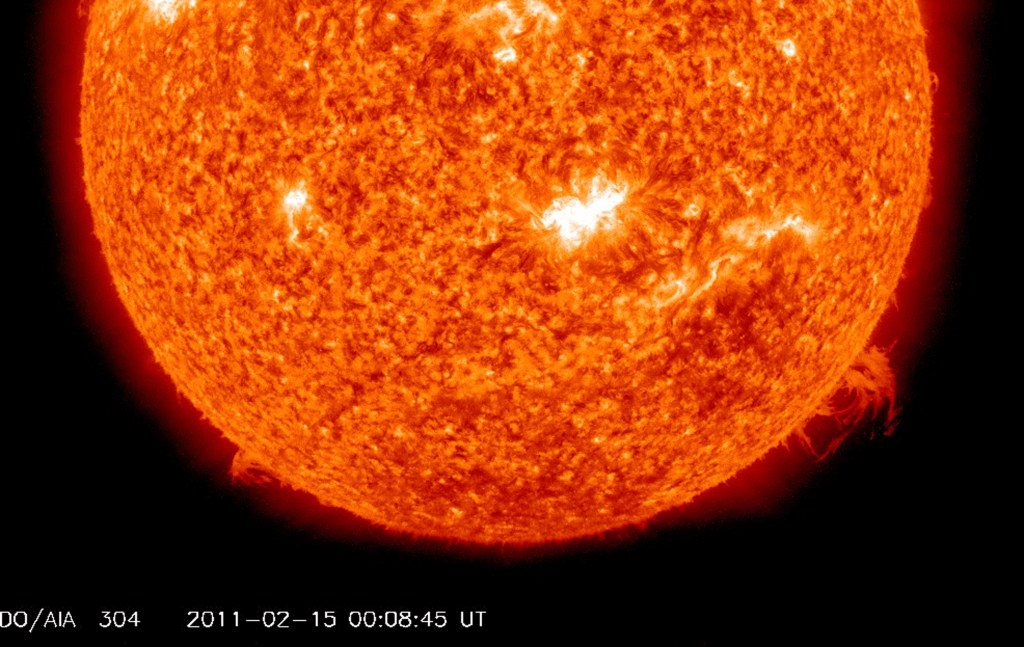Geomagnetic Storm Warning issued ahead of possible northern light displays on Sunday, Monday

NOAA’s Space Weather Prediction Center is warning that an impending geomagnetic storm has the potential to produce a brilliant display of the aurora borealis over the North Hemisphere, as well as some intermittent communication issues.
The center said satellites detected at least one flare and coronal mass ejection that was emitted from the Sun on Friday.
Auroras occur when charged particles from the Sun interact with the Earth’s atmosphere, creating what are known as the northern and southern lights.
On its 5-point scale of geomagnetic storms, space experts believe the first wave of energy could rank as either a G1 or G2 but increase on Monday to a G3.
A geomagnetic storm of a G1 rating is the weakest and commonly leads to displays of northern lights over Alaska and Canada.
A G3 rating would possibly allow an aurora to be seen as far south as Washington, Wisconsin and New York if skies are clear.
The amount of geomagnetic activity is also monitored by ground-based magnetometers, and the event is measured on the Kp index scale, which ranges from 0 to 9.
A G3 event with a high Kp-index value caused the northern lights to be spotted as far south as Las Vegas in December.
Space experts believe the upcoming event could reach a Kp-index value of at least 6, which would put cities such as Seattle, Minneapolis, Green Bay, and Syracuse, New York, in the visibility zone.
“The general public should not be concerned but may wish to keep informed,” the SWPC said.
The FOX Forecast Center expects there to be plenty of hindrances in the sky on Sunday and Monday nights that could complicate viewing.
A large storm system will be moving through the country’s heartland, producing plenty of showers and thunderstorms.
In addition to the increased cloud cover, March’s full Worm Moon will illuminate the sky, impeding visibilities of other celestial objects.
The Moon will also bring about an eclipse that will start shortly before 1 a.m. EDT on Monday and last until about 5:30 a.m. as it passes through Earth’s shadow.
Space experts admit determining the exact strength of the geomagnetic activity is challenging, even with more frequent occurrences.

Geomagnetic storms have become more numerous over the last year as the Sun begins to reach its maximum phase of its solar cycle.
A solar cycle is a sequence the Sun’s magnetic field goes through every 11 years, where the field flips. Solar Cycle 25 began in 2019 and could last until 2030.
Read the full article here








